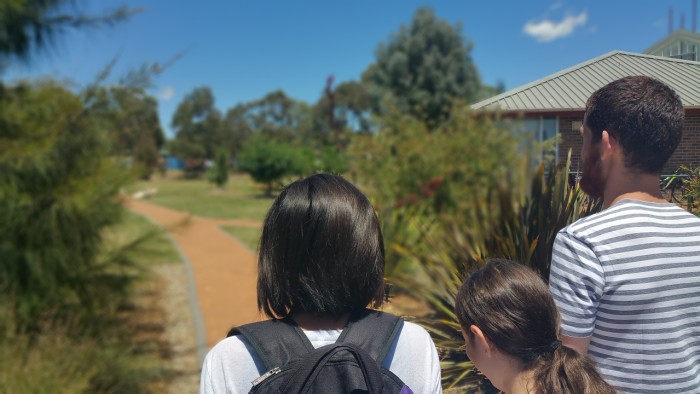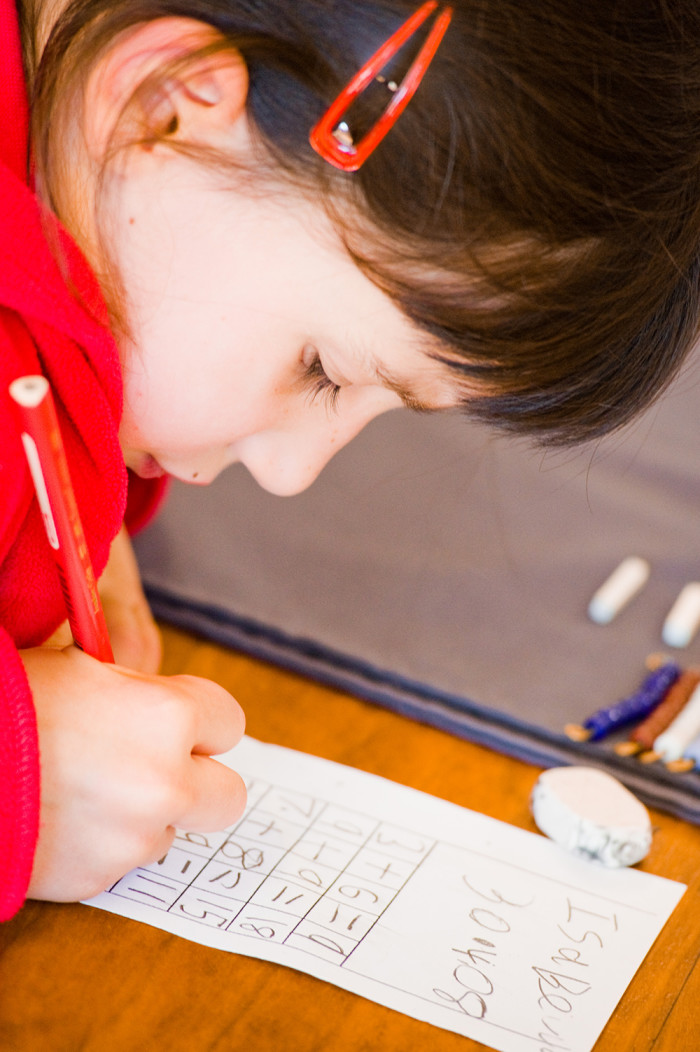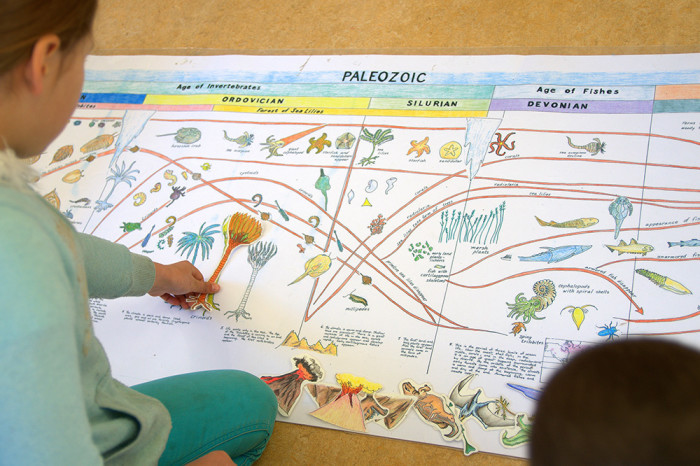At around the age of 9, your child will enter the Cycle 3 domain. Your child looks forwards to taking on more responsibilities than ever before as they head towards being a leader and role model for the whole school. The Directors see children that are developing a deeper confidence in their own views as well as being physically stronger. Daily practical research is a key feature of the Cycle 3 classroom, so children are able to get the information required for their learning. Following on from this, presentation of their own research is important for this age group as not only are the children happy to share their knowledge, they also have the opportunity to formulate logical thinking in the process. Information technology devices are used as one source of research while use of 3D printing demonstrated endless possibilities to the children at CMS.
Using the Montessori curriculum, we deliver all the content of the Australian National Curriculum in a manner that stirs the child’s interest. Five exciting stories, known as The Great Lessons, are the foundation for the child’s understanding of the presentations needed to fulfil individual learning goals. These include ‘The Coming of the Universe and the Earth’, ‘The Coming of Life’, ‘The Coming of Human Being’, ‘Communication in Signs (language)’ and ‘The Story of Numbers (mathematics)’ and each story leads to more specific study within each area. This framework makes is easy for children in Cycle 3 display their thirst for knowledge, often requesting and receiving presentations from the Director. The five stories convey the universe and the interrelationships of all the elements within it. The order of the universe becomes obvious to the children as stories are told and facts unfold.
The social order developed in Cycle 2 is now fine-tuned as the children become more peaceful in their developing understanding of society. The ‘Going Out’ practice appeals to the reasoning mind of the child who develops the interest and planning to move out beyond the school environment and explore society. Please see the gallery below for more information on specific elements of the Cycle 3 classroom.
Going Out (Practical Life)
Written Language (Language)
The Theorem of Pythagoras (Mathematics)
Research (General)
Time Line
-
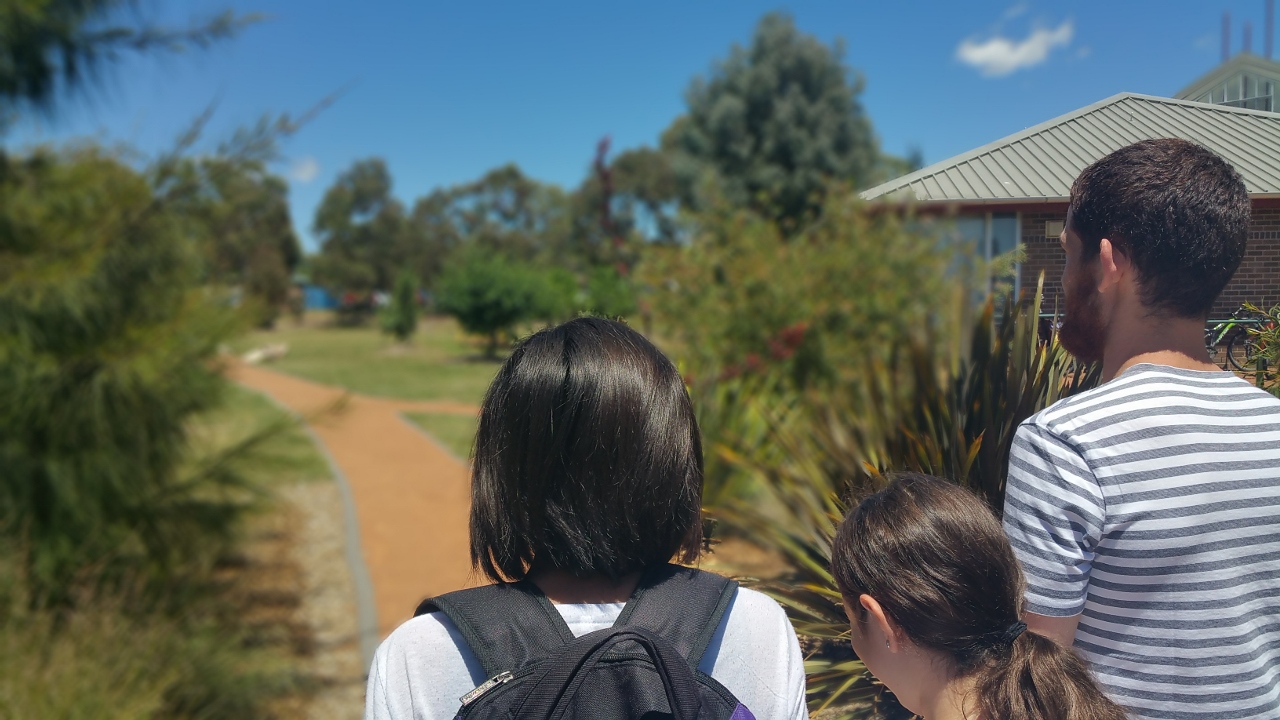
Going Out (Practical Life)
As the children grow older they get to apply all of the Practical Life skills they’ve been developing since their early years in the Montessori Cycle 1 environment by planning and preparing their own excursions outside of the school. The Directors facilitate the process, but it is the children that lead the project by actively pursuing their own interests. They select the destination, which is related to a current topic of study or student interest and then plan, organise and decide what is required to make the trip meaningful. This can include setting aims, budgets, travel plans, and more! Going Out may be done as an entire class or sometimes in smaller groups and is a true demonstration of the independence and ability of a Cycle 3 child. -
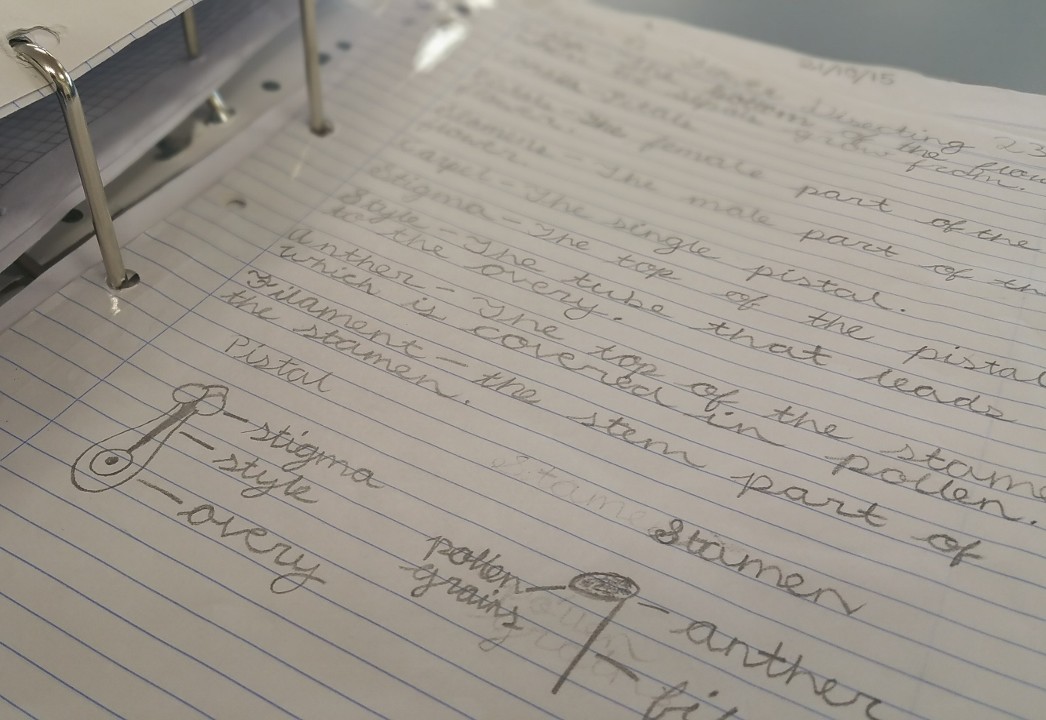
Written Language (Language)
Writing develops over the years and now an emphasis is placed on careful editing as the children express themselves by writing stories, plays and poems. Beautiful calligraphy is practiced and evidence of research is displayed as students present their work for peer review. Communication with others is highlighted as the children develop personal and critical responses as they identify their place in society. -
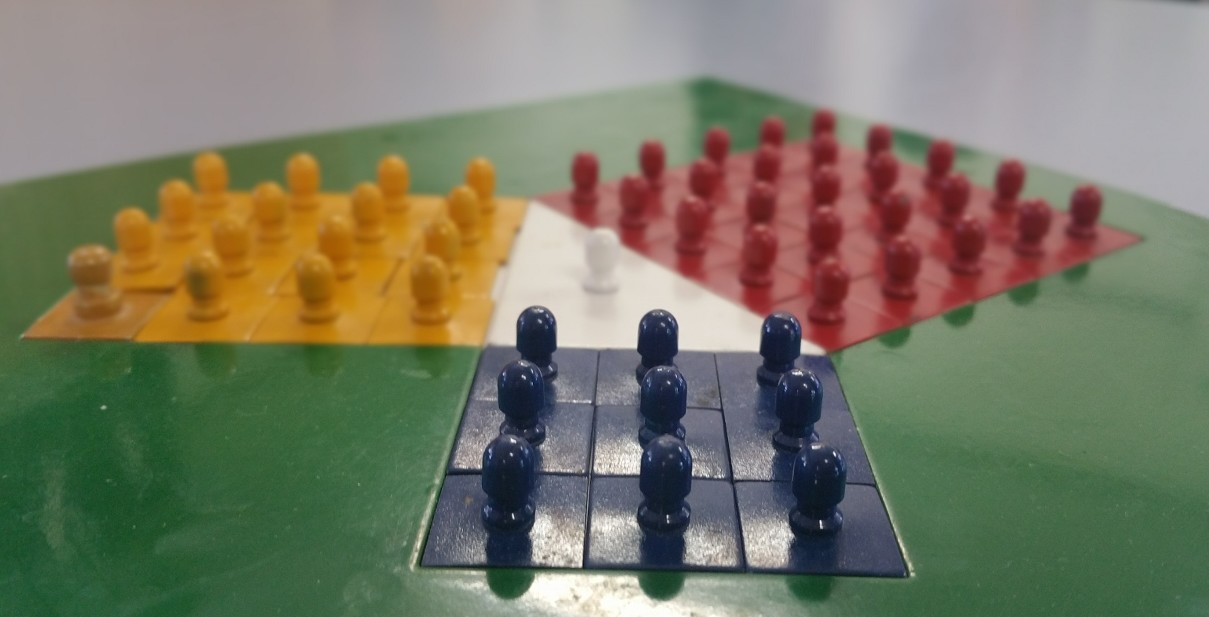
The Theorem of Pythagoras (Mathematics)
In a right-angled triangle the square of the hypotenuse is equal to the sum of squares of the other two sides. Within a metal frame the inset pieces have tiny knobs, requiring the students to practice the finest of motor control. The squares of the two sides are divided in half by a diagonal line to form two triangles and the square of the hypotenuse is divided into four triangles. The eight triangles are identical and fill the square of the hypotenuse and vice versa. Manipulating the pieces provides a concrete understanding of this theorem before the children explore the concept further through adult-led presentations. -
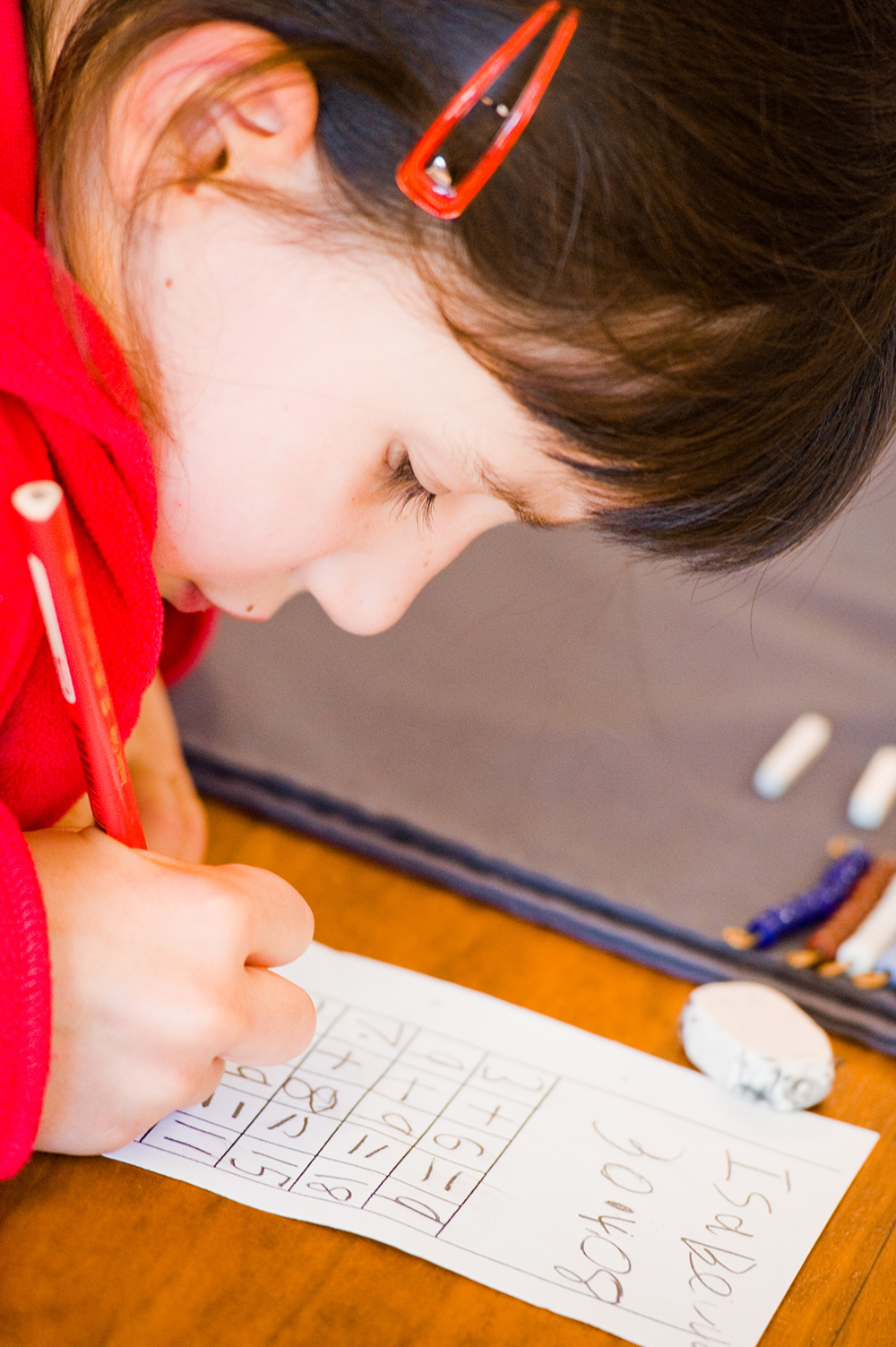
Research (General)
Free to follow their own interest with their own research, your child draws on information from resources within the school, from the internet, online encyclopaedia and from resources outside CMS. -
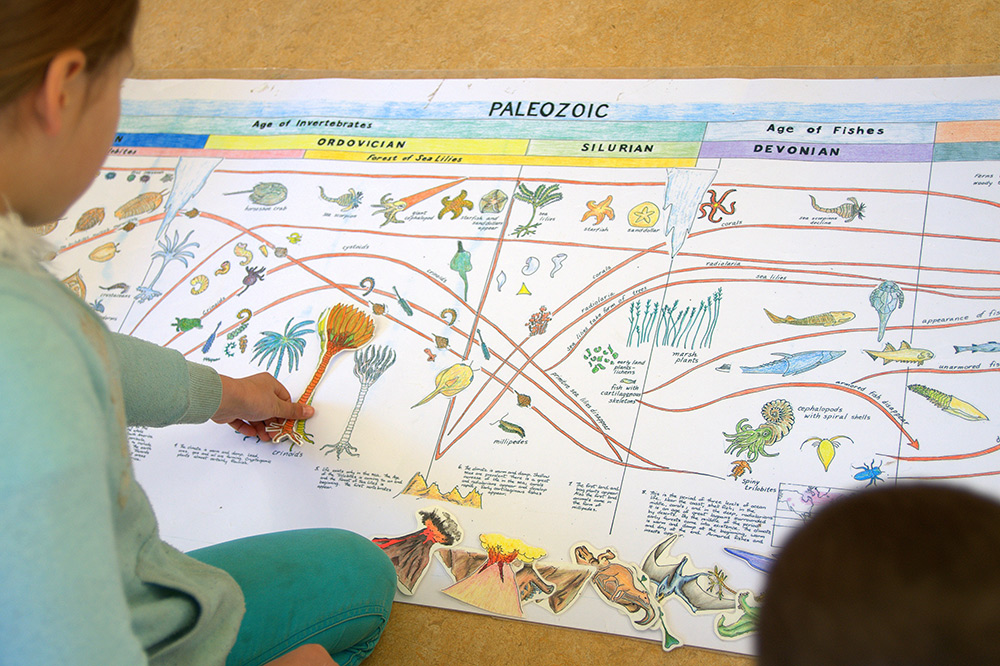
Time Line
(History) On the Time Line, the children discover the different forms of life and when they appeared since the beginning of live on earth. Matching pictures to the chart, the children enjoy discovering the evolution of plants and animals to the present day.

